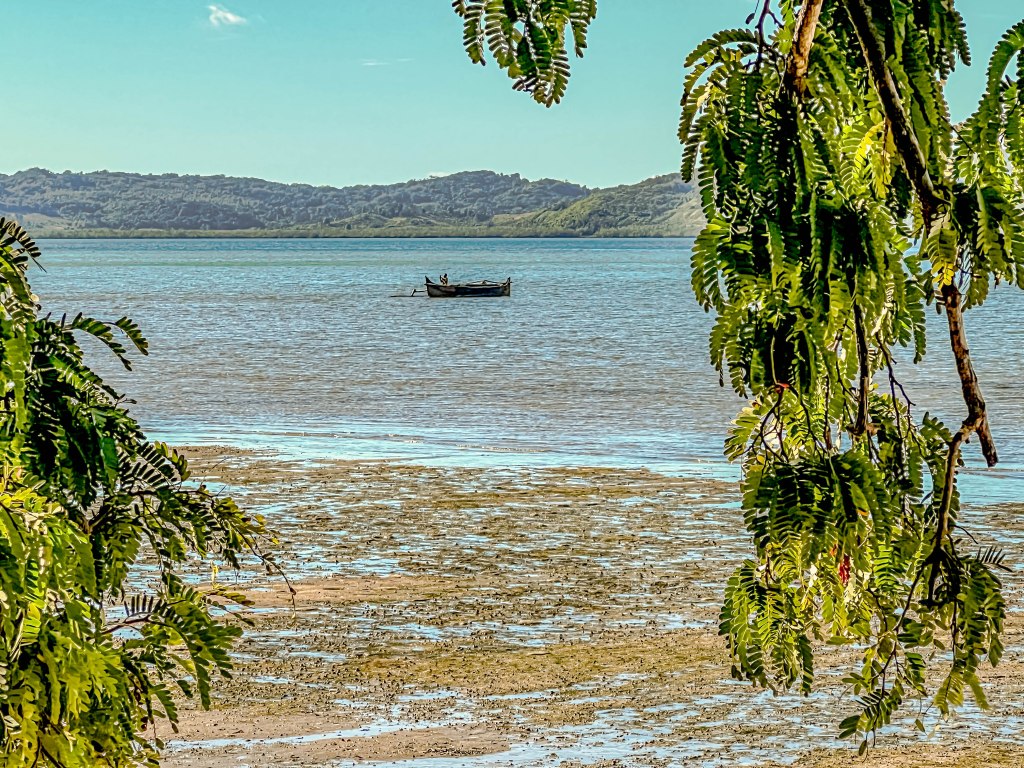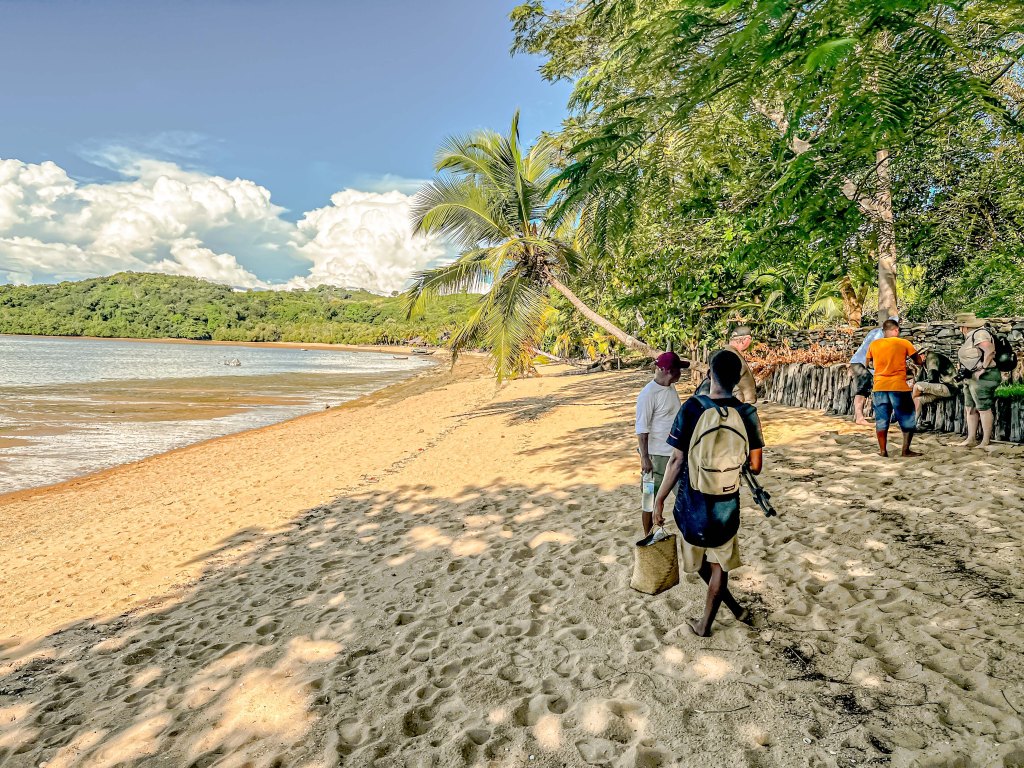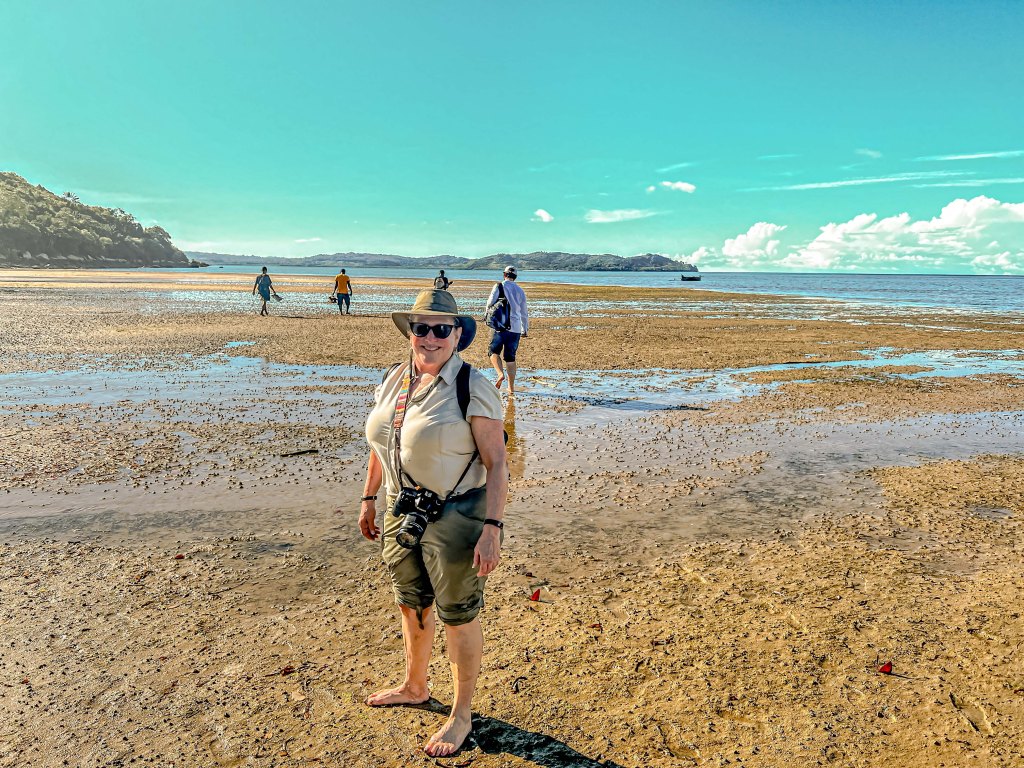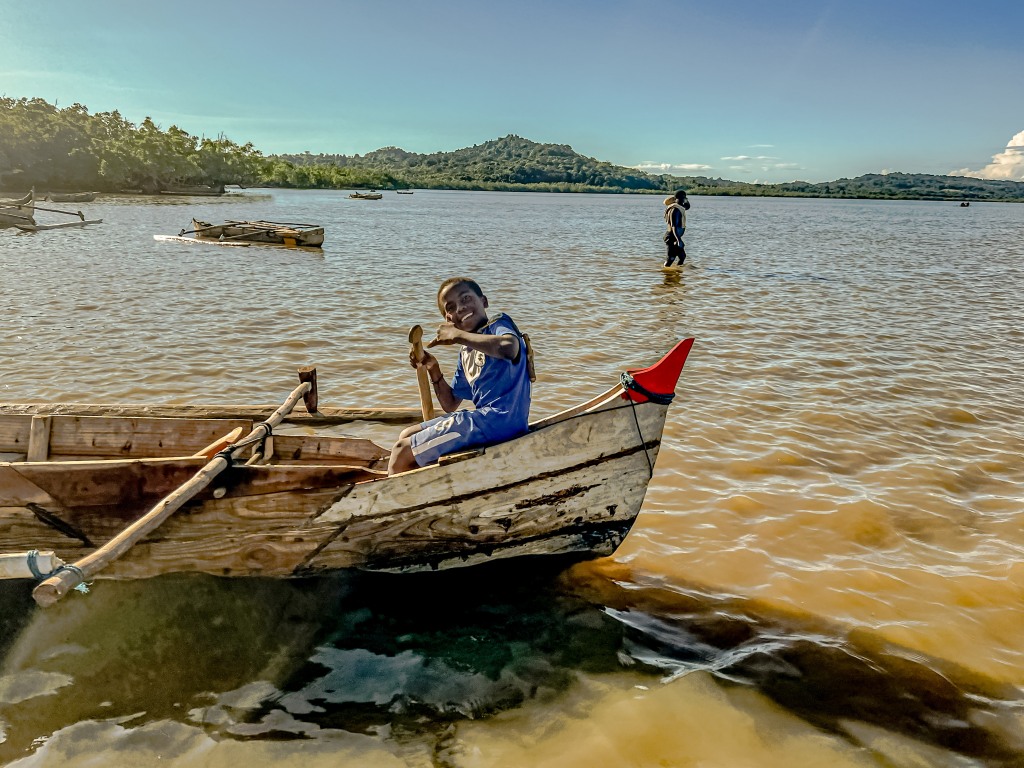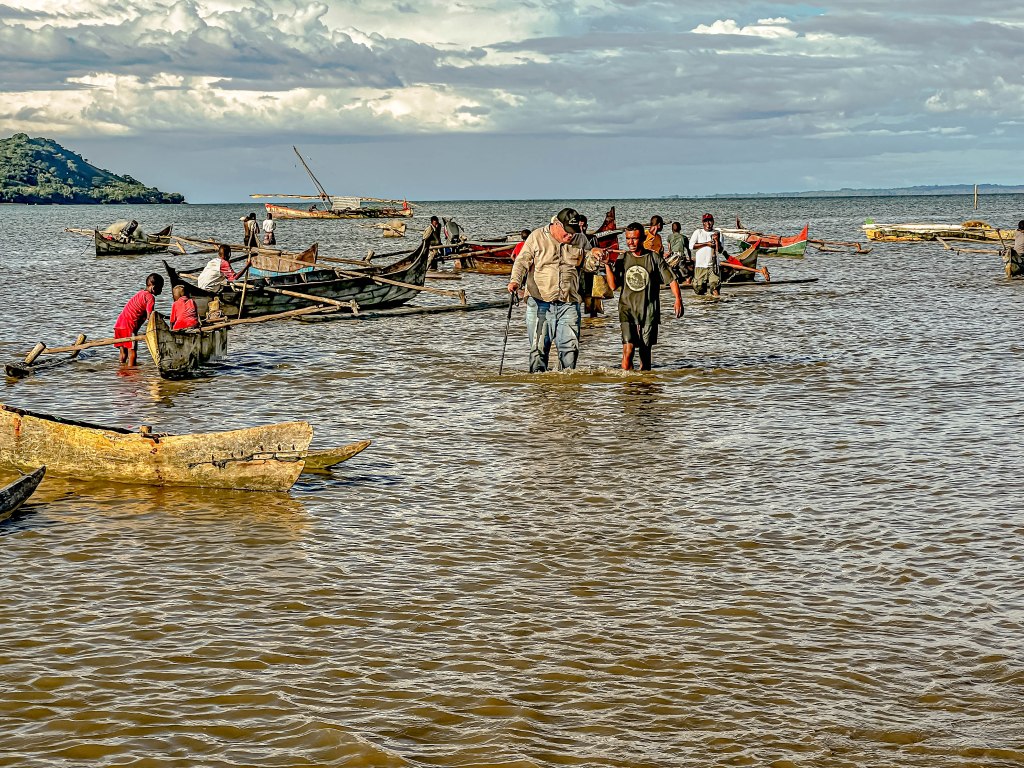April 27, 2023:

We have been particularly fortunate this leg of the trip to have had biologist/naturalist lecturer onboard, Bill Toone, who has spent extensive time in Madagascar. According to his presentations, 90% of the species in Madagascar are endemic, but 90% of their natural habit has been destroyed. Further, it is one of most impoverished countries in world. Even with those caveats, we are very eager to explore on our one day in this fascinating country.
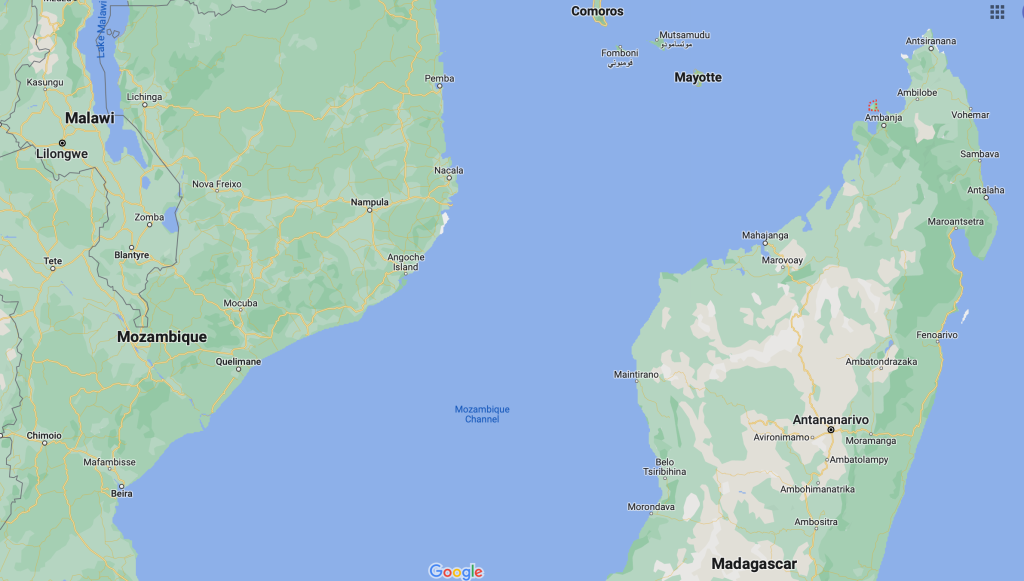

Although we were originally signed up to do one of the ship’s excursions, our friends onboard (the “James Gang”; a family of Jim, Sue and their 14 year old son, Buck) had signed up to explore the nearby Lokobe Nature Preserve with one of the guides from ToursByLocals, a company which provides local tours all over the world. Our guide for the day was Jean Claude, and he picked us up in the port on Nosy Be, which is called Hell-ville. This was our “plan” for the day:
•Drive directly to Ambatozavavy village and passing by Ylang ylang perfum plant. short visit Photos, •Ambatozavavy fishermen village – meet local people, walk inside for further information and photos then ride speedboat from there to Lokobe village • Drop off of the Boat and walking slowly into the reserve. The spotting walk inside of the reserve, will take about 2hrs • 12:00pm, Lunchtime, enjoy a traditional meal at a restaurant of Lokobe village.
However, we were late getting into port, and late meeting our guide, JC. According to JC, Nosy Be (pronounced Nosy Bay) is the most wealthy place in Madagascar, because most of the people are employed here, and there are no beggars. A huge percentage of the island is planted with ylang ylang trees, whose flowers are harvested and distilled for their essential oil to make perfume. On this island, about 25% of the population is Muslim, while 75% is Christian, but Muslims are much more of a minority on the main island of Madagascar. French is the official language, but English began to be widely used in 2002. A person must be able to speak English to guide. “Nosy” means island, and “Be” means big. However, the main island of Madagascar is much bigger, so go figure! It takes about 45 minutes by speedboat to get there.
Our drive to the village of Ambatozavavy took about 45 minutes over progressively worse roads. Along the way, we passed countless ylang ylang plantations. Right in the middle of the road, we saw an amazing chameleon which was bright green with red zig zags around his eyes. We were able to walk right up to him (and his cousin) and get some great shots.





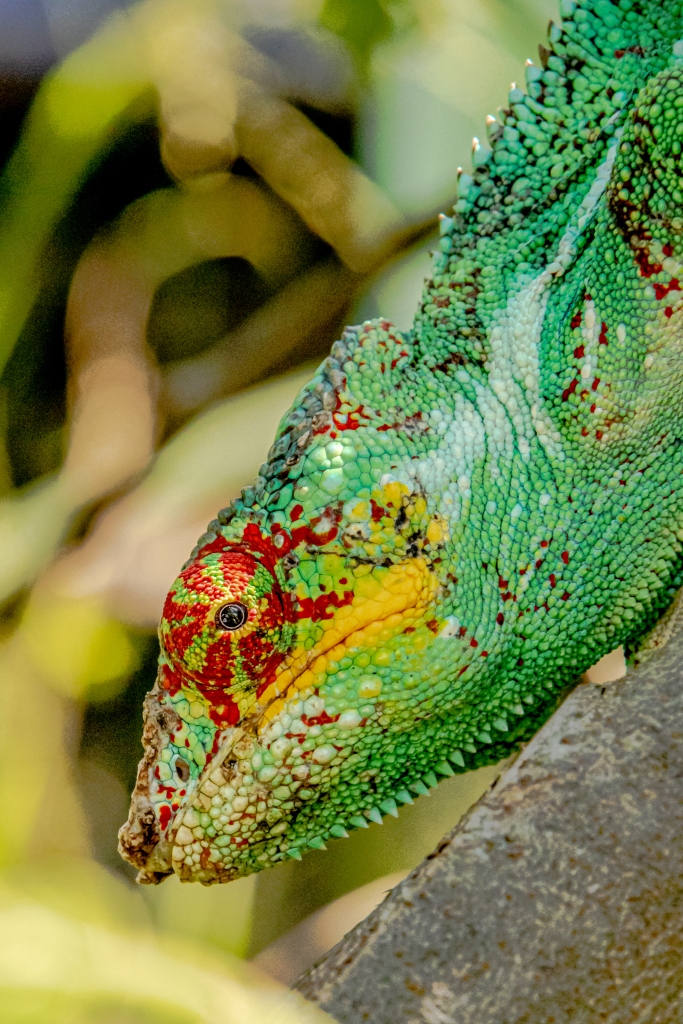
Finally, after we had been driving over gravel roads for about 10 kilometers, we arrived at the village. We saw lots of families had cattle, which are the Zebu cattle; the largest animal in Madagascar. Our first shock awaited us in the village, when we found out that our boat was in reality a narrow outrigger canoe with an outboard, and that we would have to wade out to it. Since we were all dressed in safari attire for our walk in the jungle reserve, we had to take off our shoes, and roll our pants up as best we could, before walking across the mud flats to the boat. Of course, we all got wet, and it was very difficult to climb into the boat, but we finally all made it. The trip by boat is necessary because there are no roads going into the nature reserve.
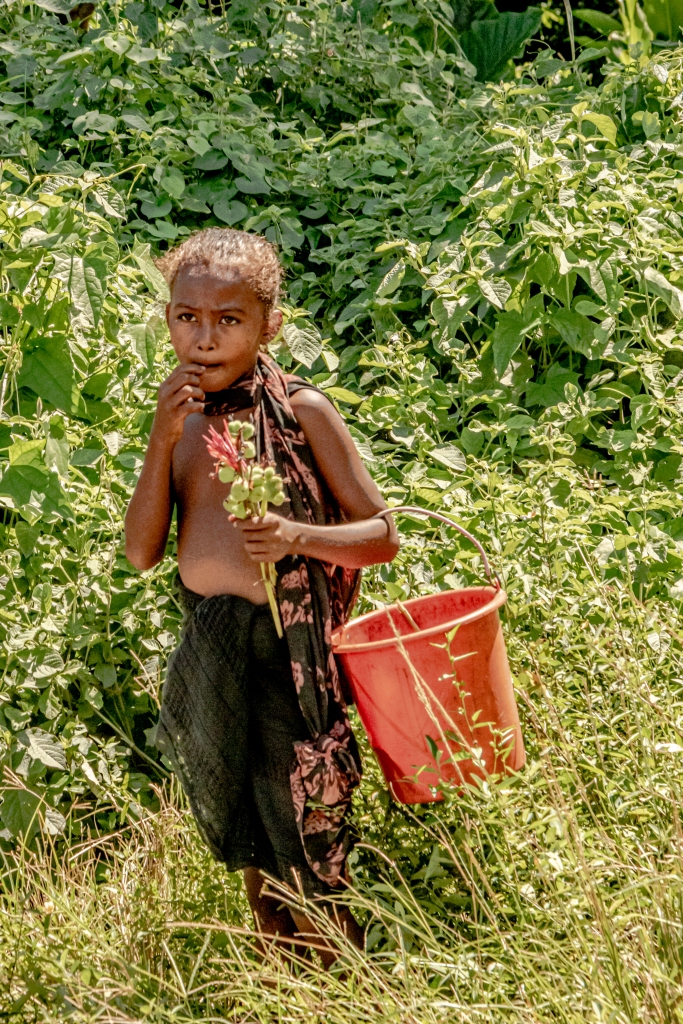
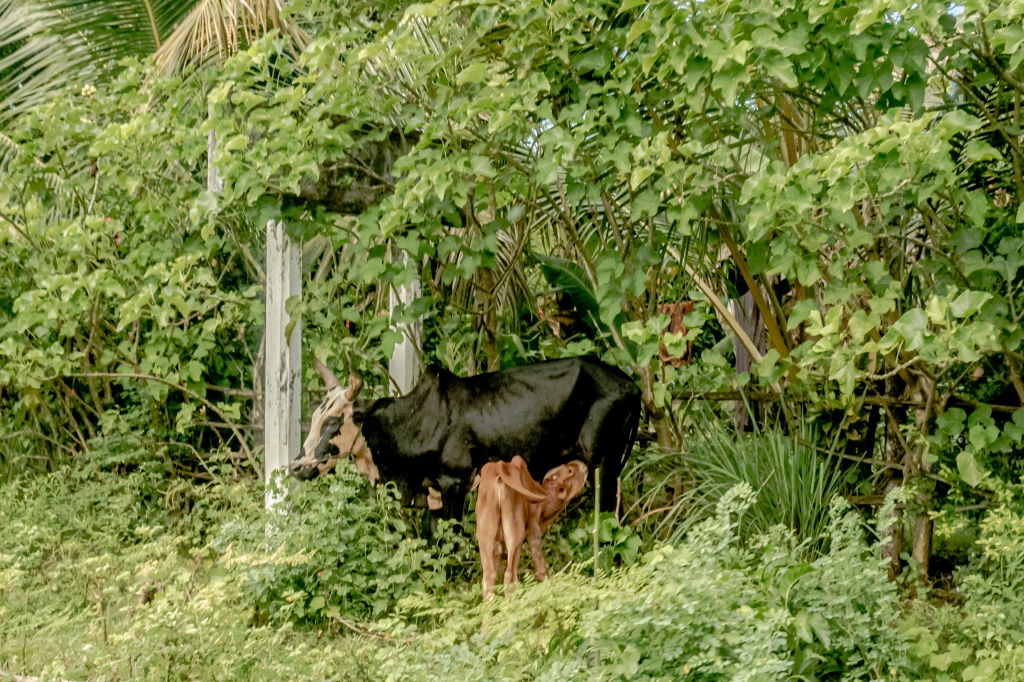
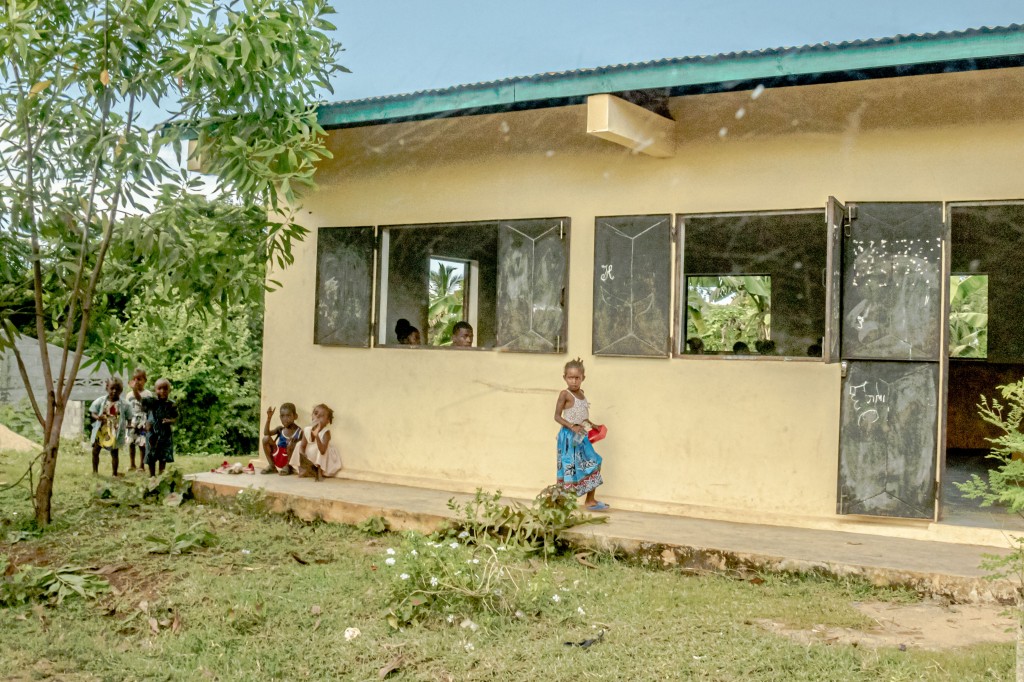
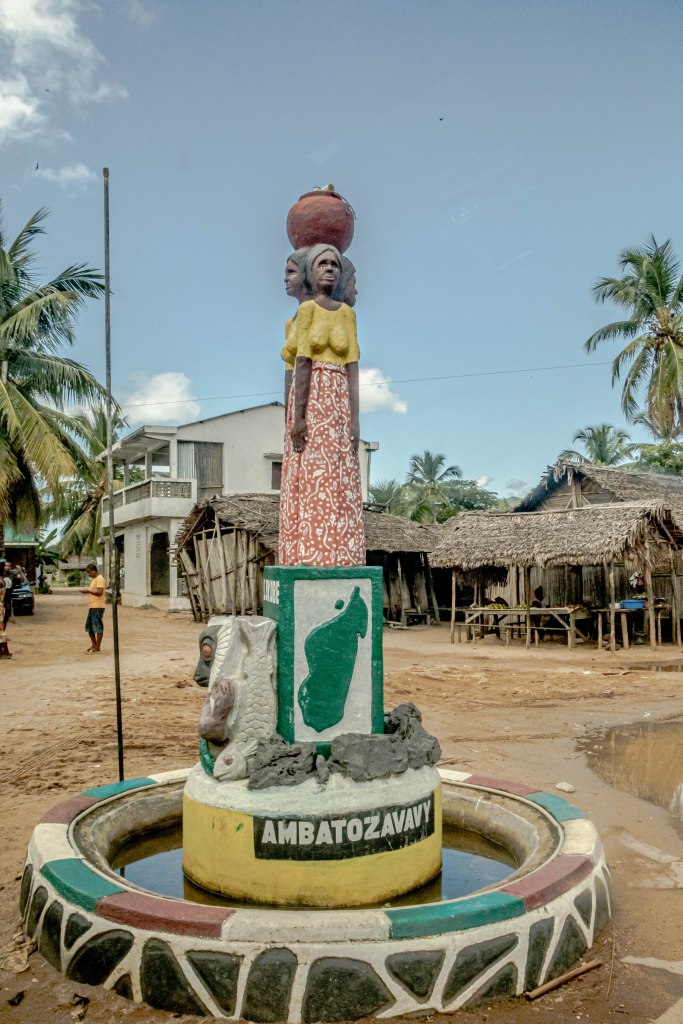
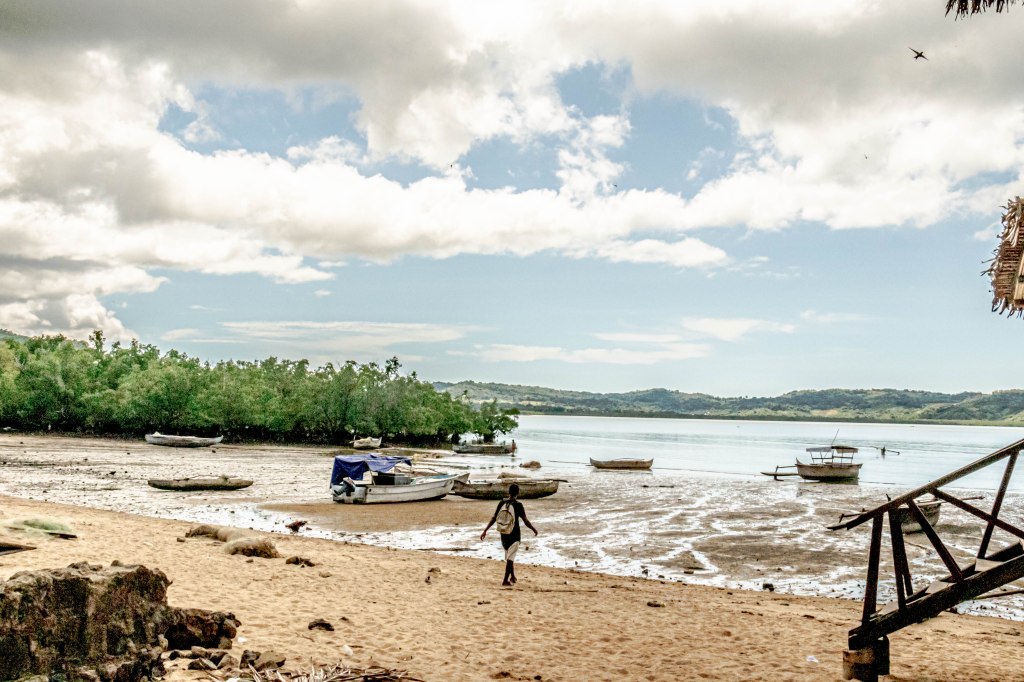
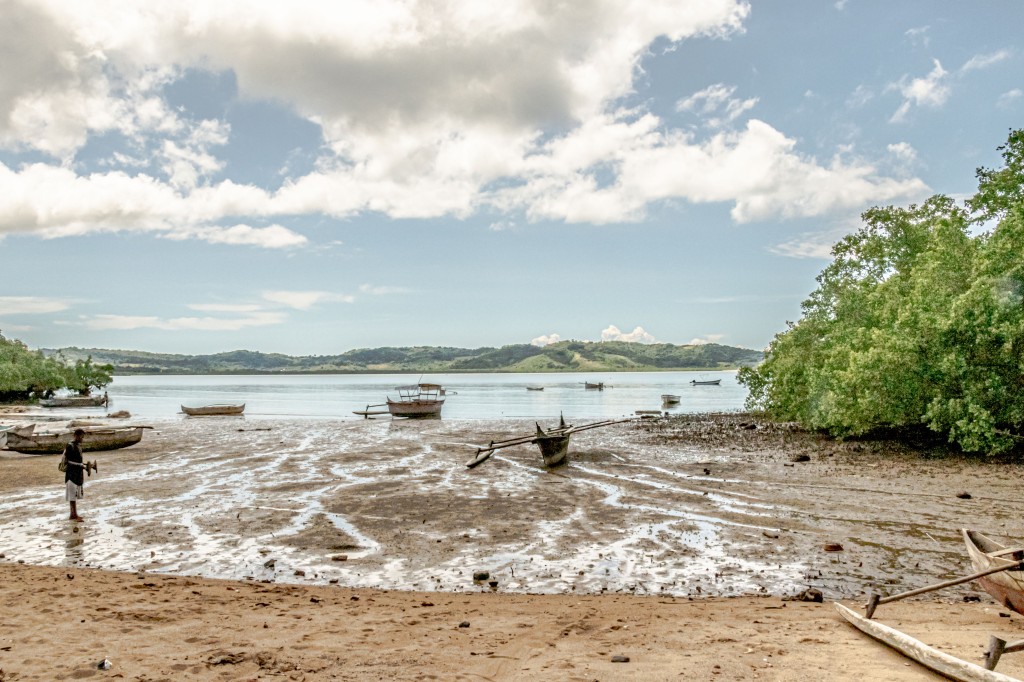



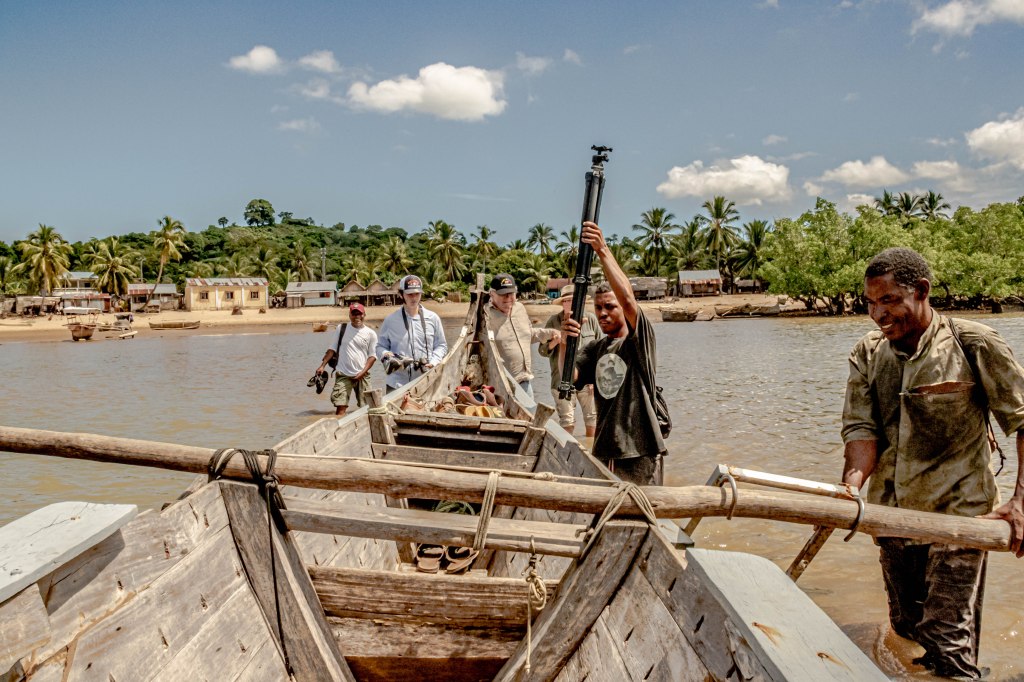

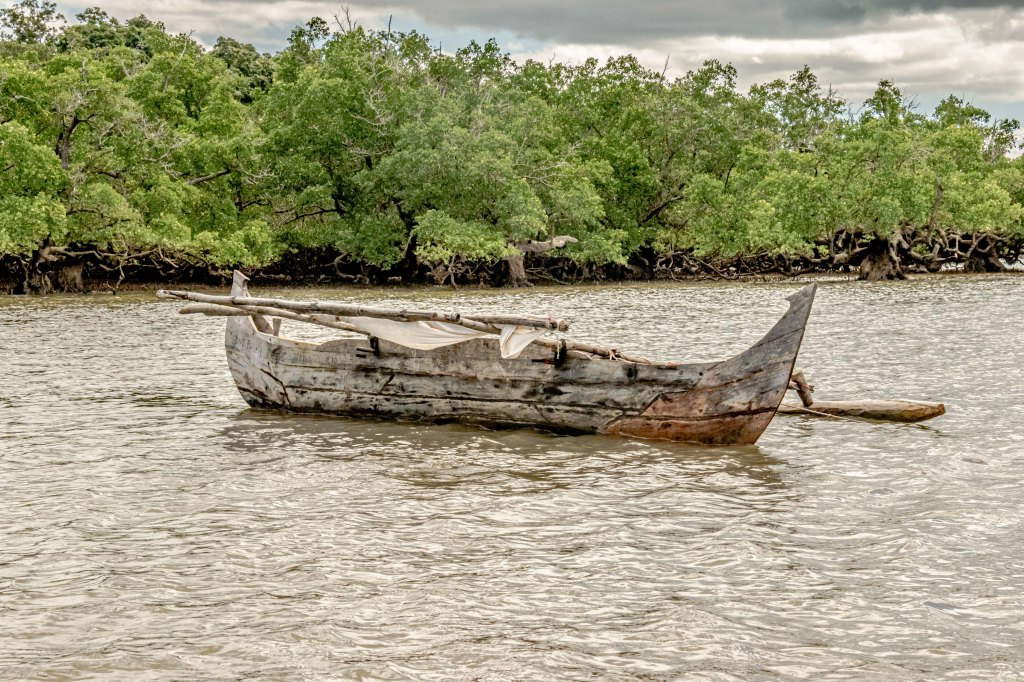


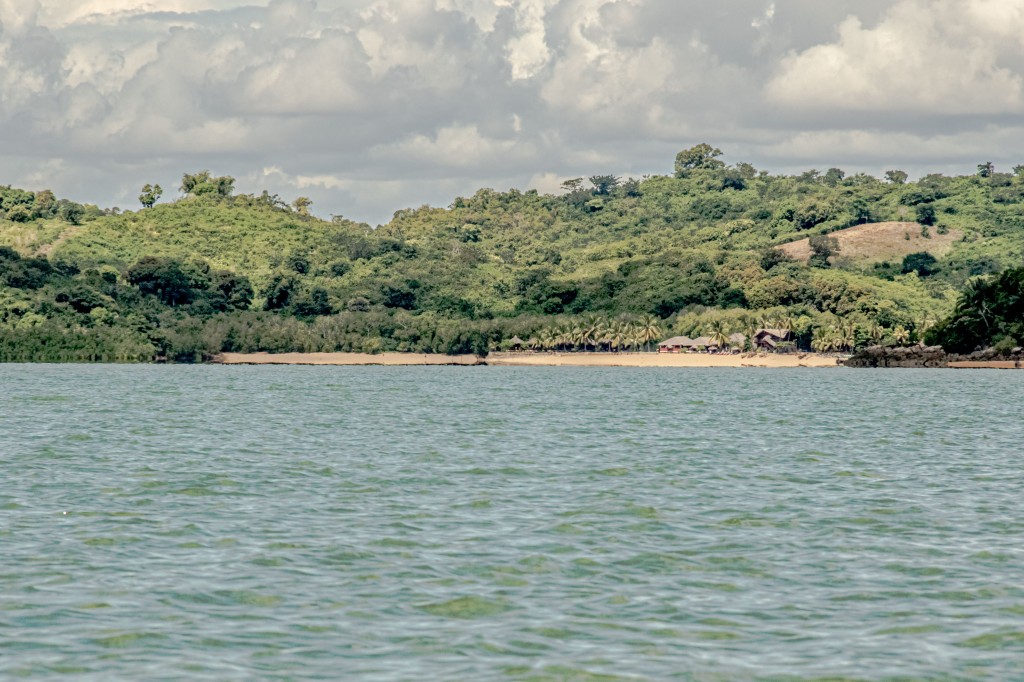

About 45 minutes later, we arrived at the village outside the reserve (Lokobe village?), and we again had to wade in to shore and then walk across the sand to get to the village. By this time, it was already after noon, so our “schedule” was badly blown. We decided to do the nature hike first.

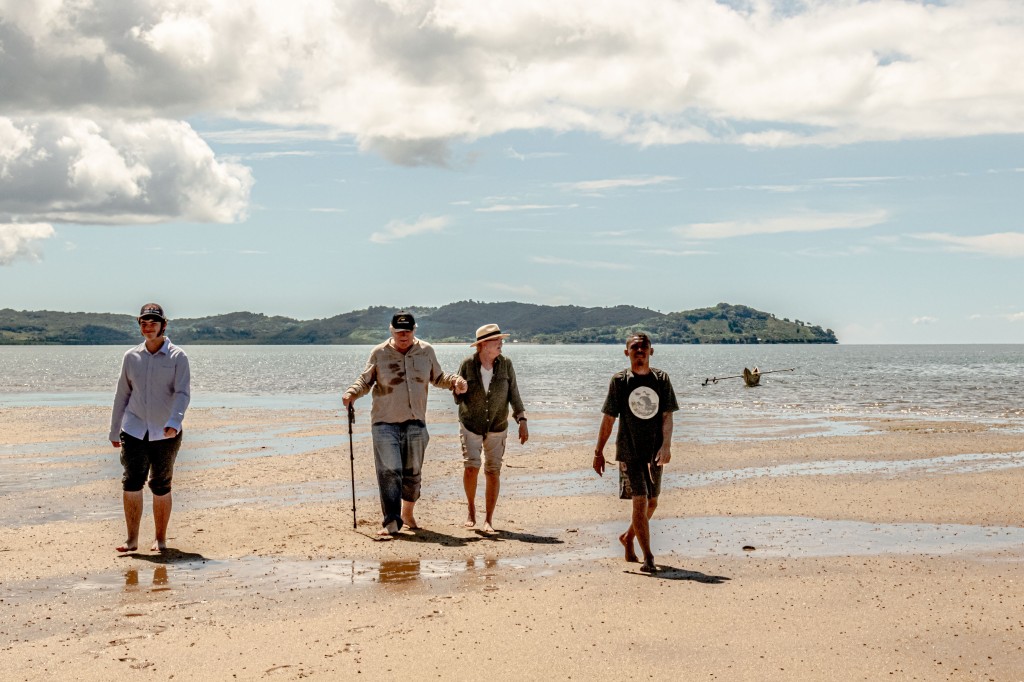


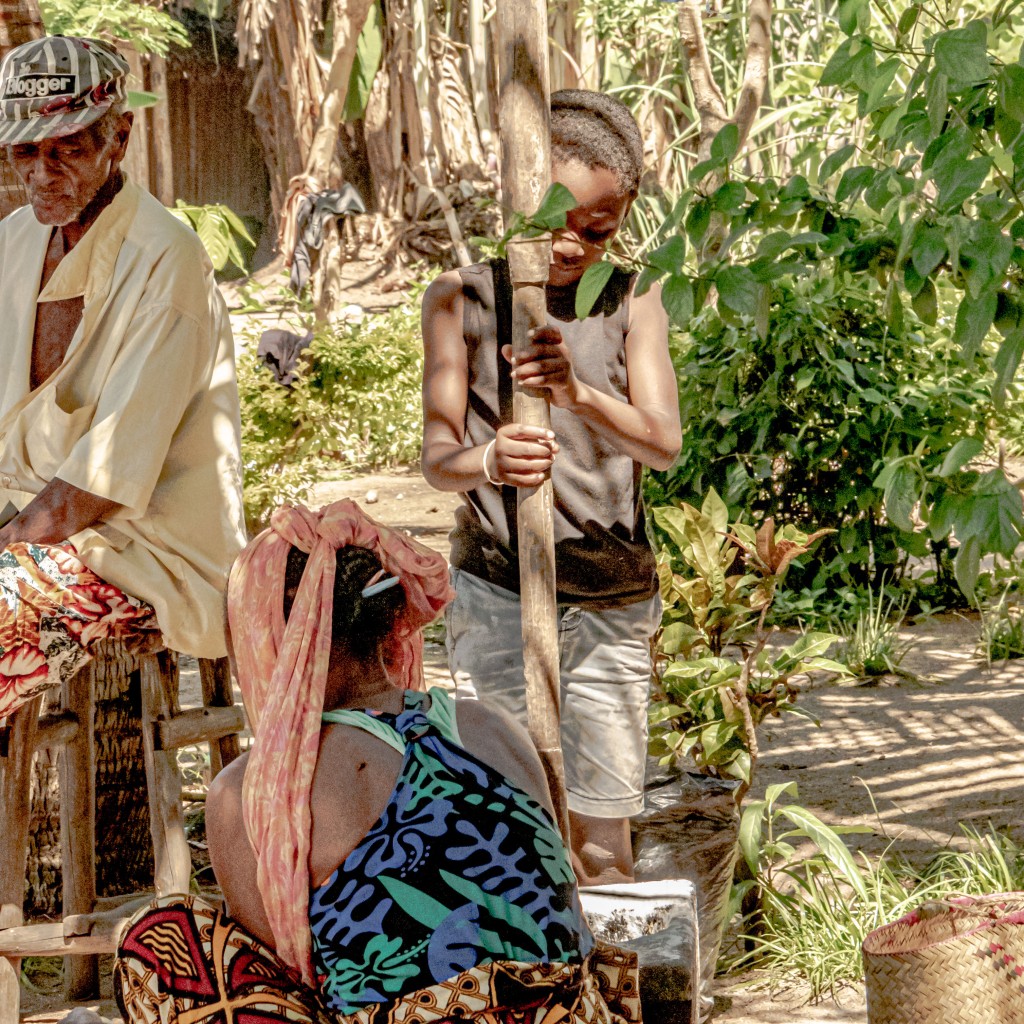


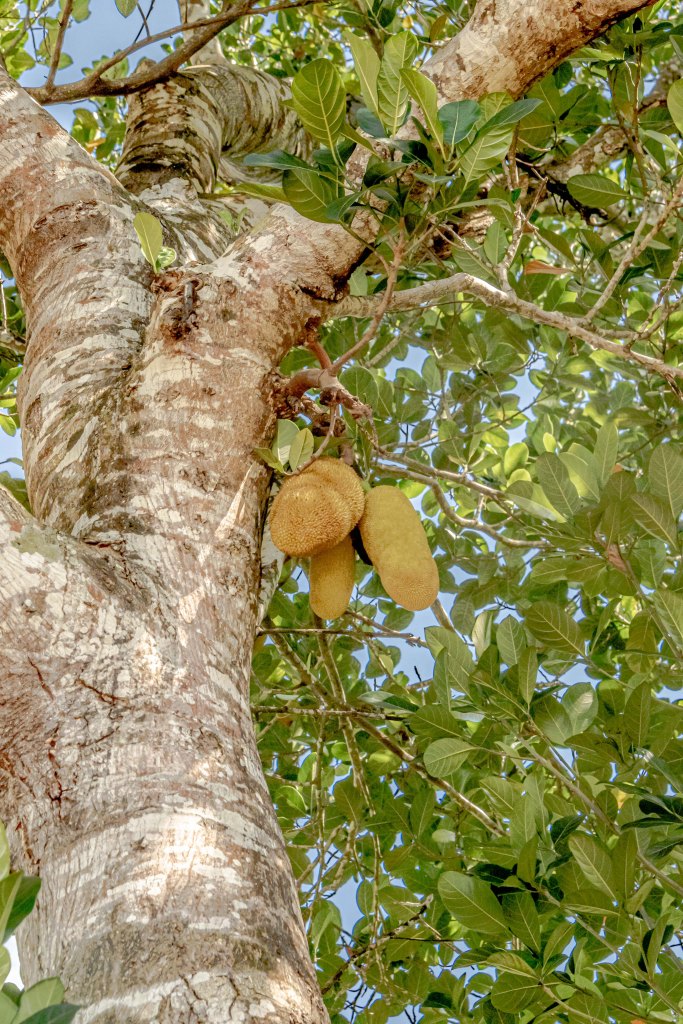
Having cleaned off our feet and gotten ready for the hike, we had our second rude shock, which was that he trails were not nearly as accessible to people who had mobility limitations like our friend, Jim. Nonetheless, our local guide was very good, and very soon, he spotted a pair of nocturnal lemurs for us.

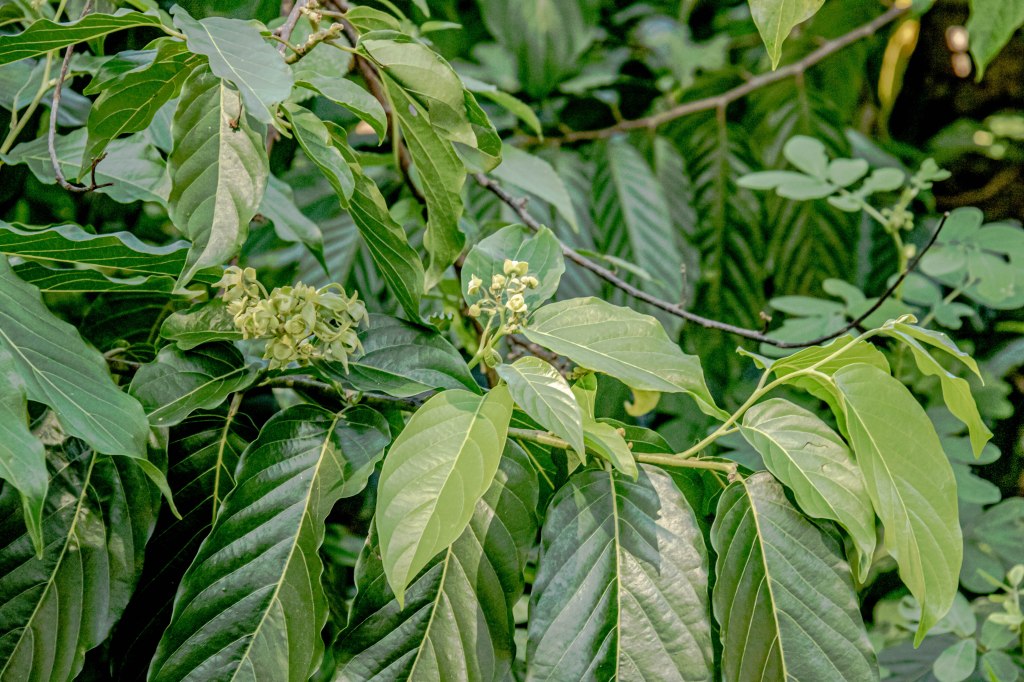


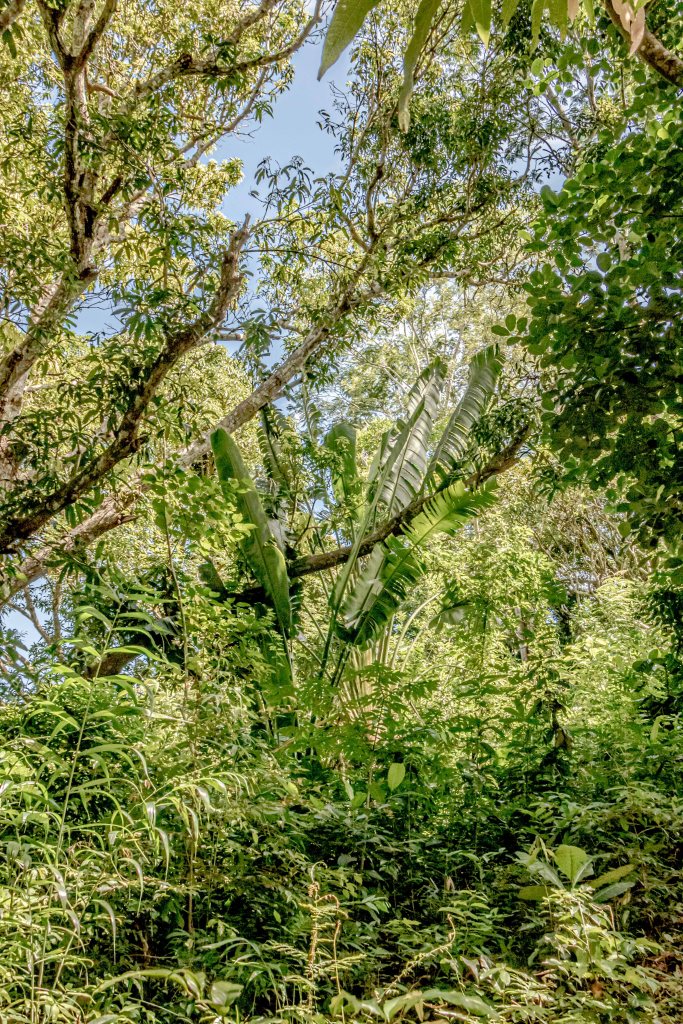
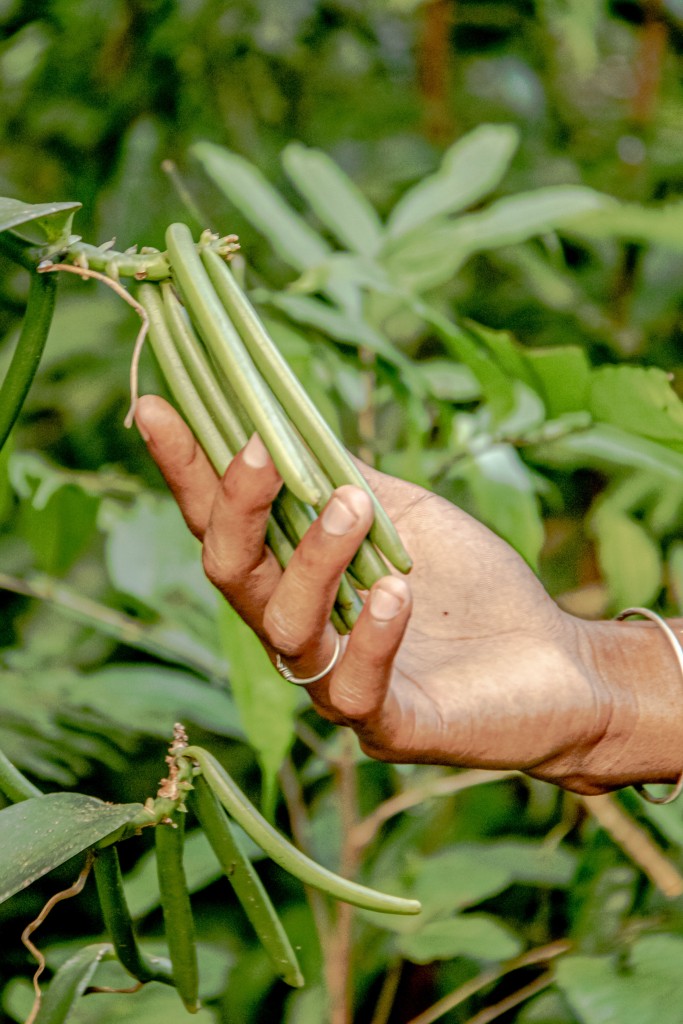


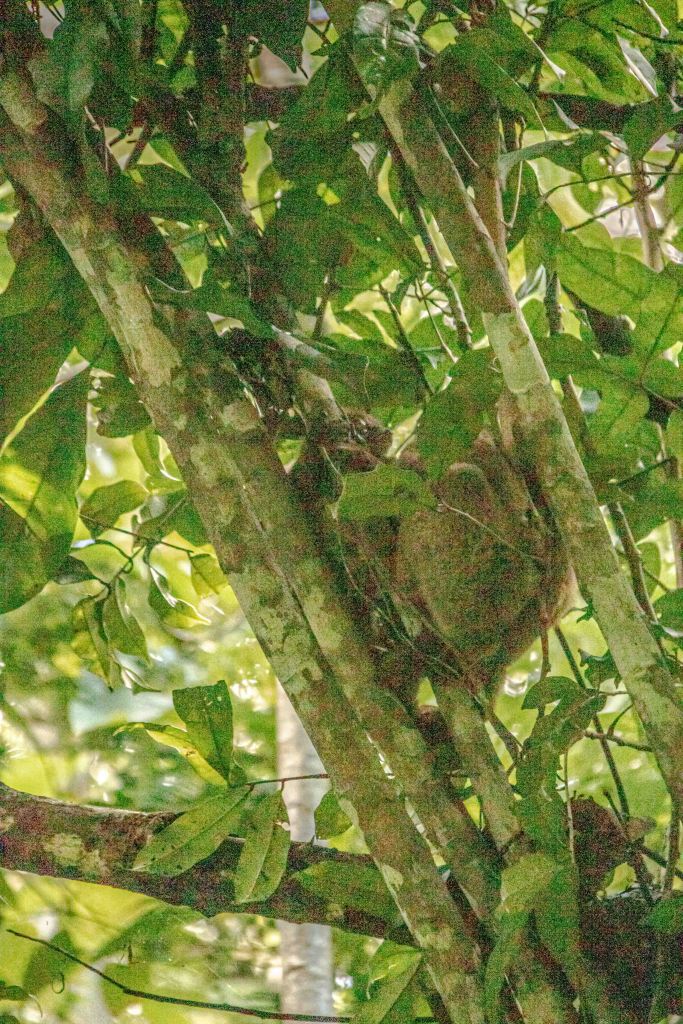
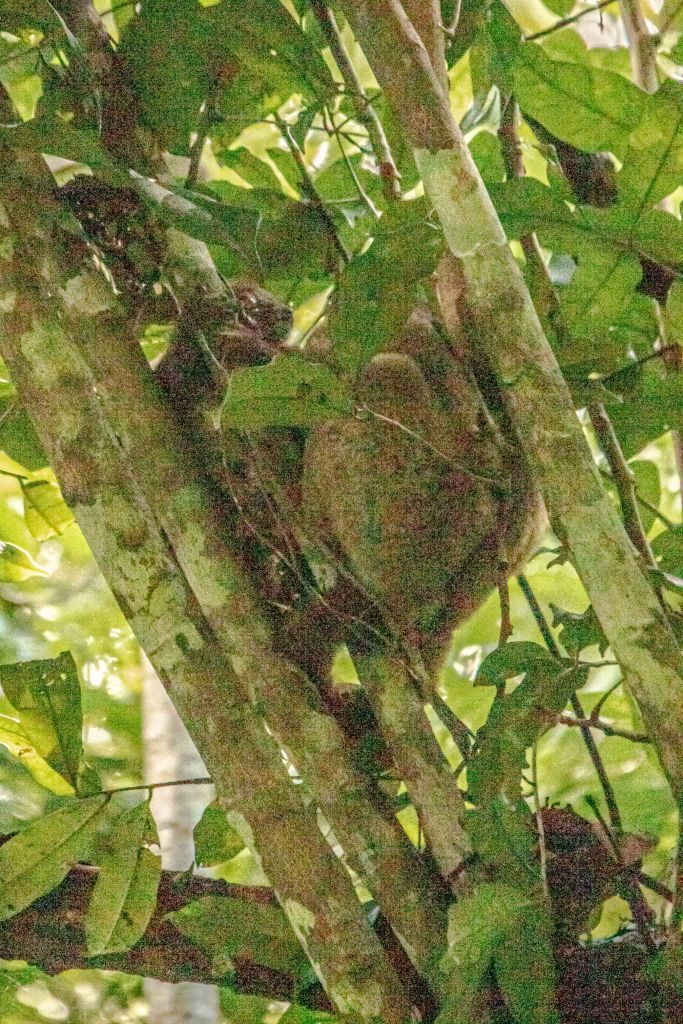
We walked on an he found us a different kind of lemurs to photograph. He also pointed out a very large sleeping boa constrictor coiled up in the roots of a tree right next to the path. We capped our explorations with a view of a different kind of chameleon, and by this time, we were all completely soaked with sweat and somewhat muddy. Most of the people in the village supplemented their income with handicrafts, and we braved the sales gauntlet on the way back into the village.
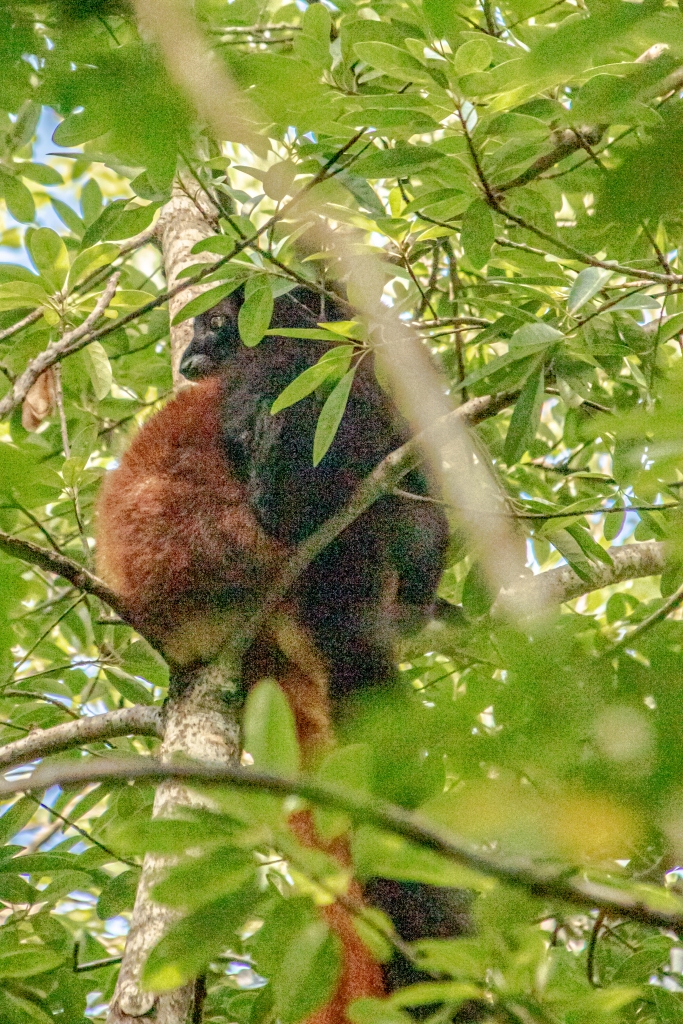

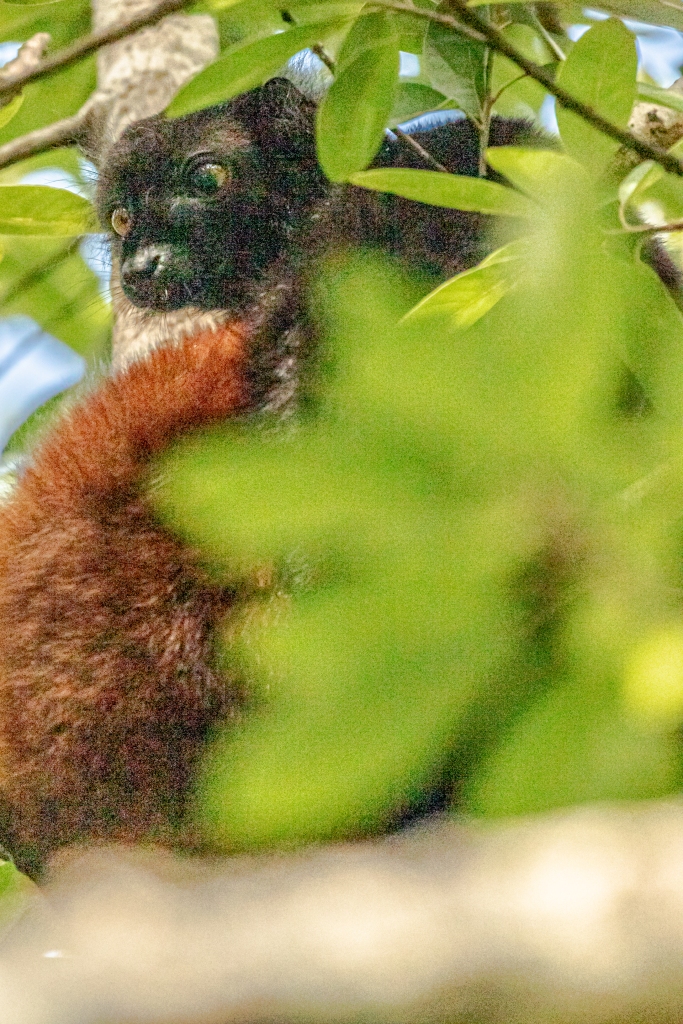




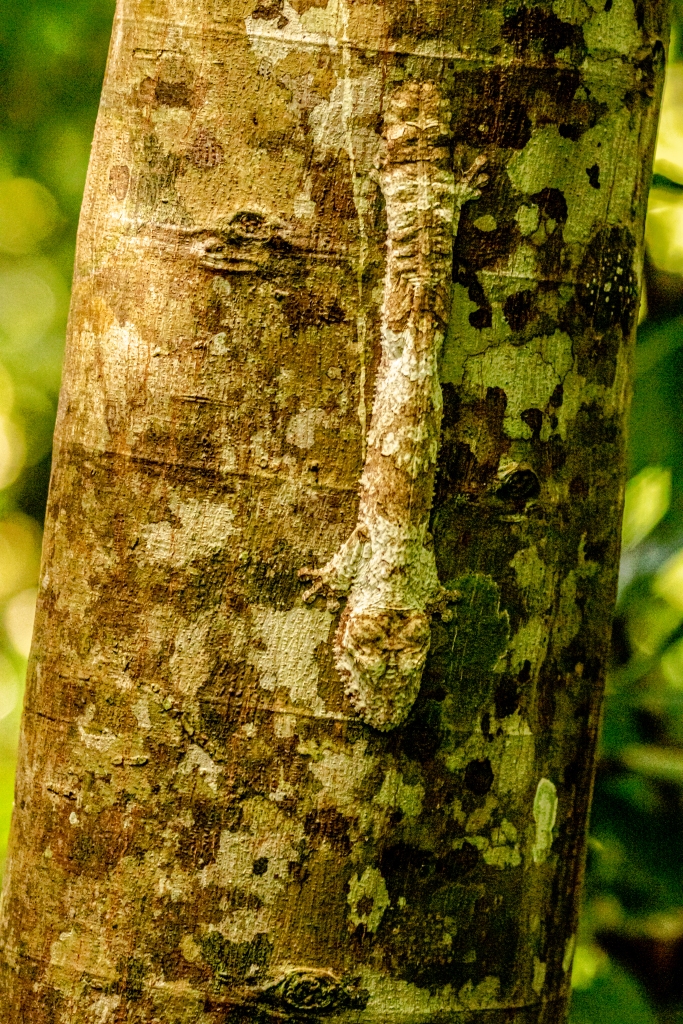

While not a restaurant by western standards, there was an open air eating area in the village set up with picnic tables, and most importantly, with cold beer! We had a very good lunch of grilled fish and shrimps served with an avocado salad and fresh fruit. According to JC, THB (Three Horses Beer) is the best local brand of beer, and we would have had to agree for as good as it tasted that afternoon!
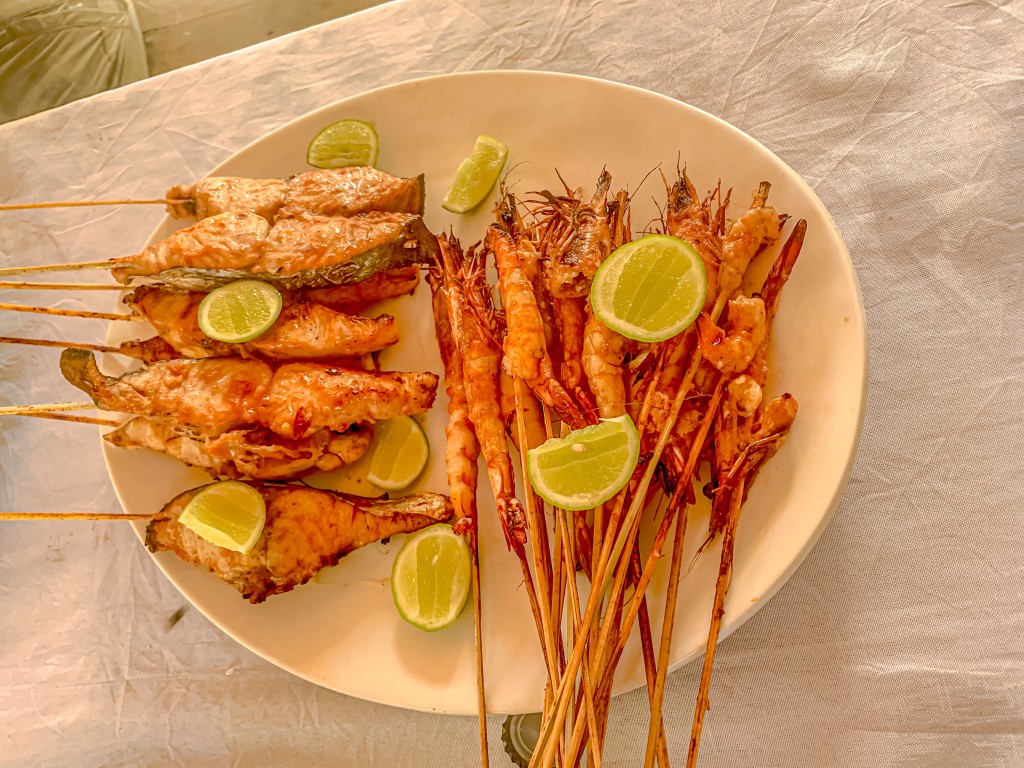

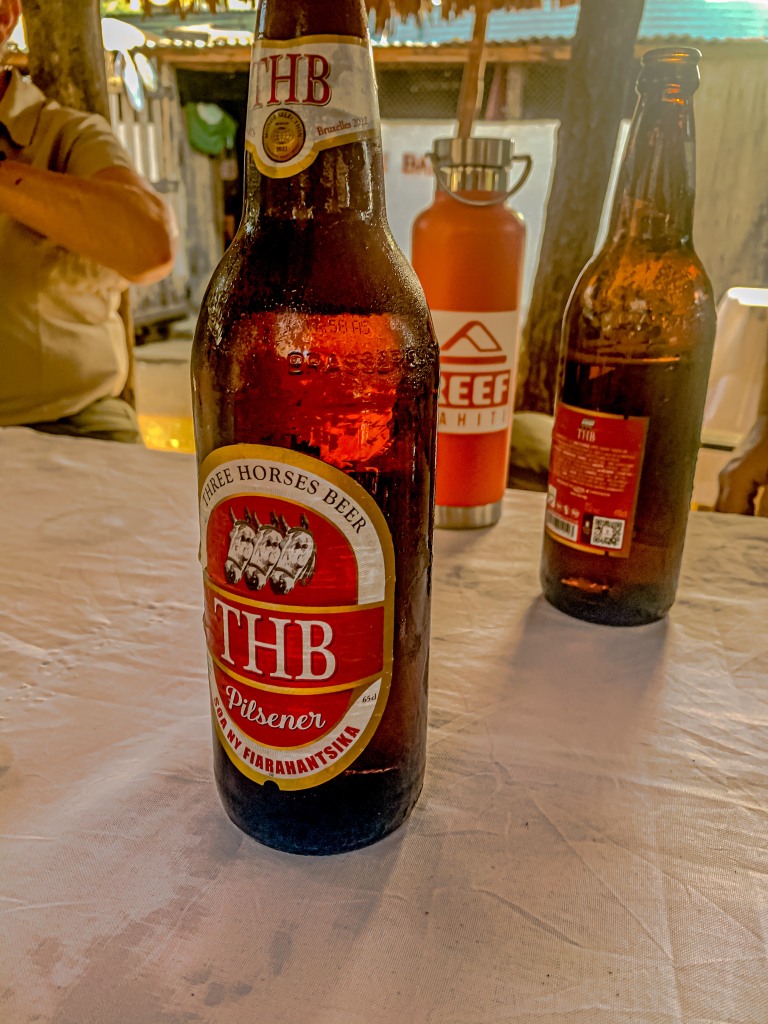
We waded back out to the boat and motored back to Ambatozavavy. These young people all seemed to be practicing their boating skills. Then we returned to the pier, just a half hour before it was time to depart. It was a little hair raising for our tastes, but the day really fulfilled with this little taste of Madagascar’s wildlife!
